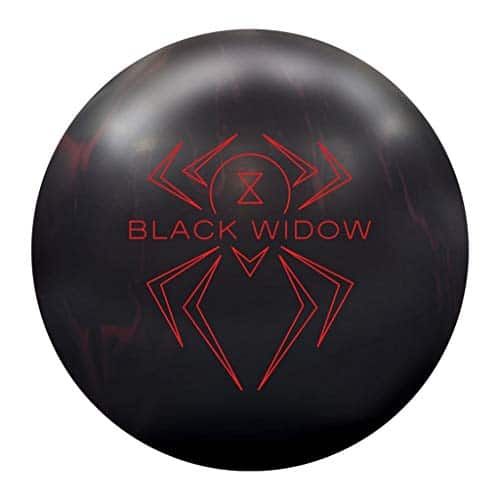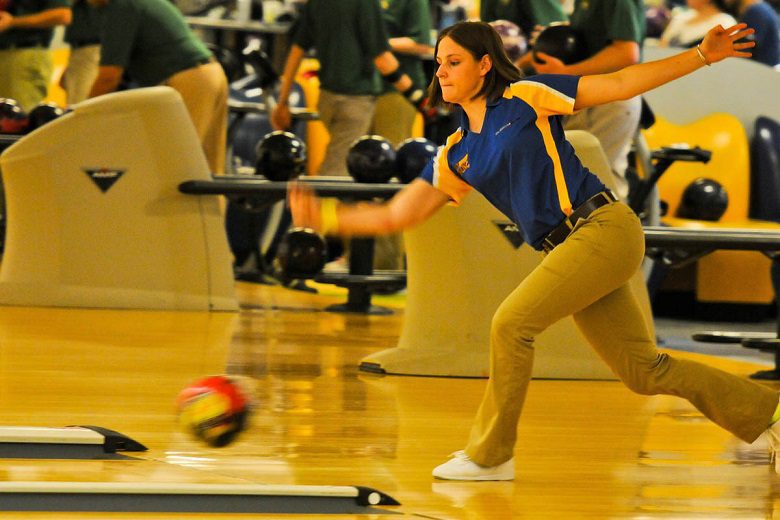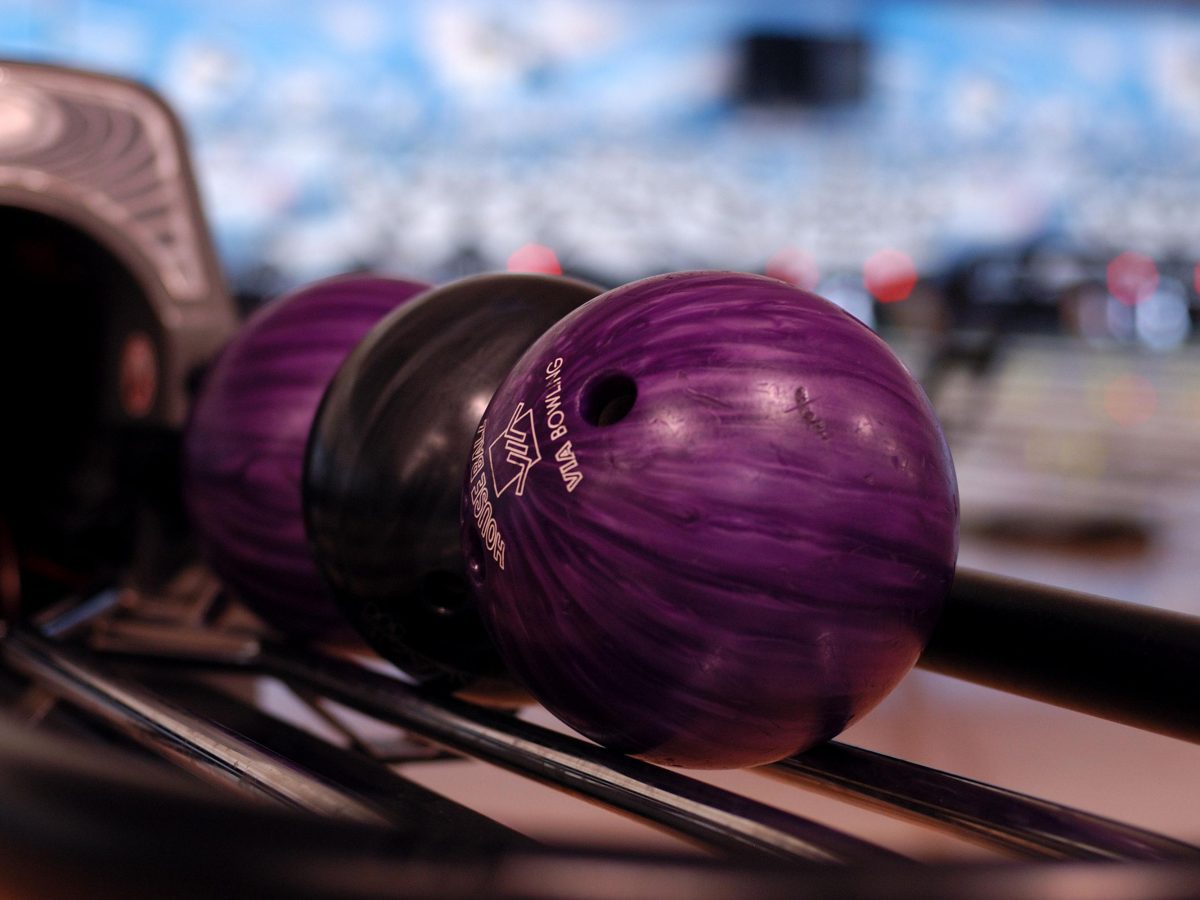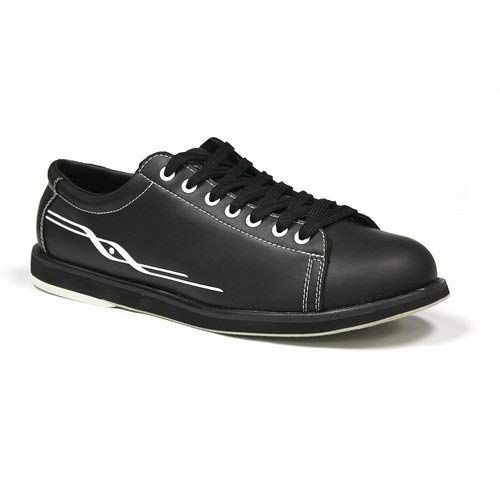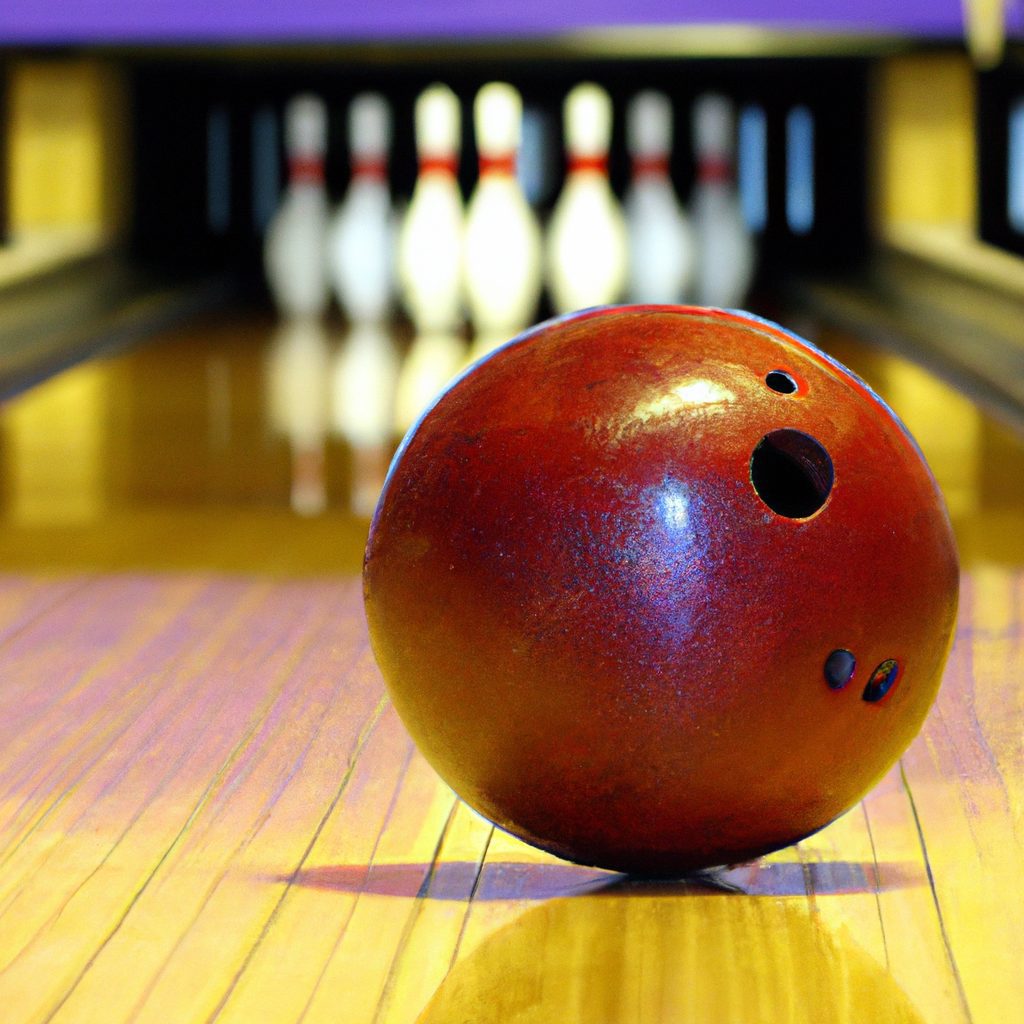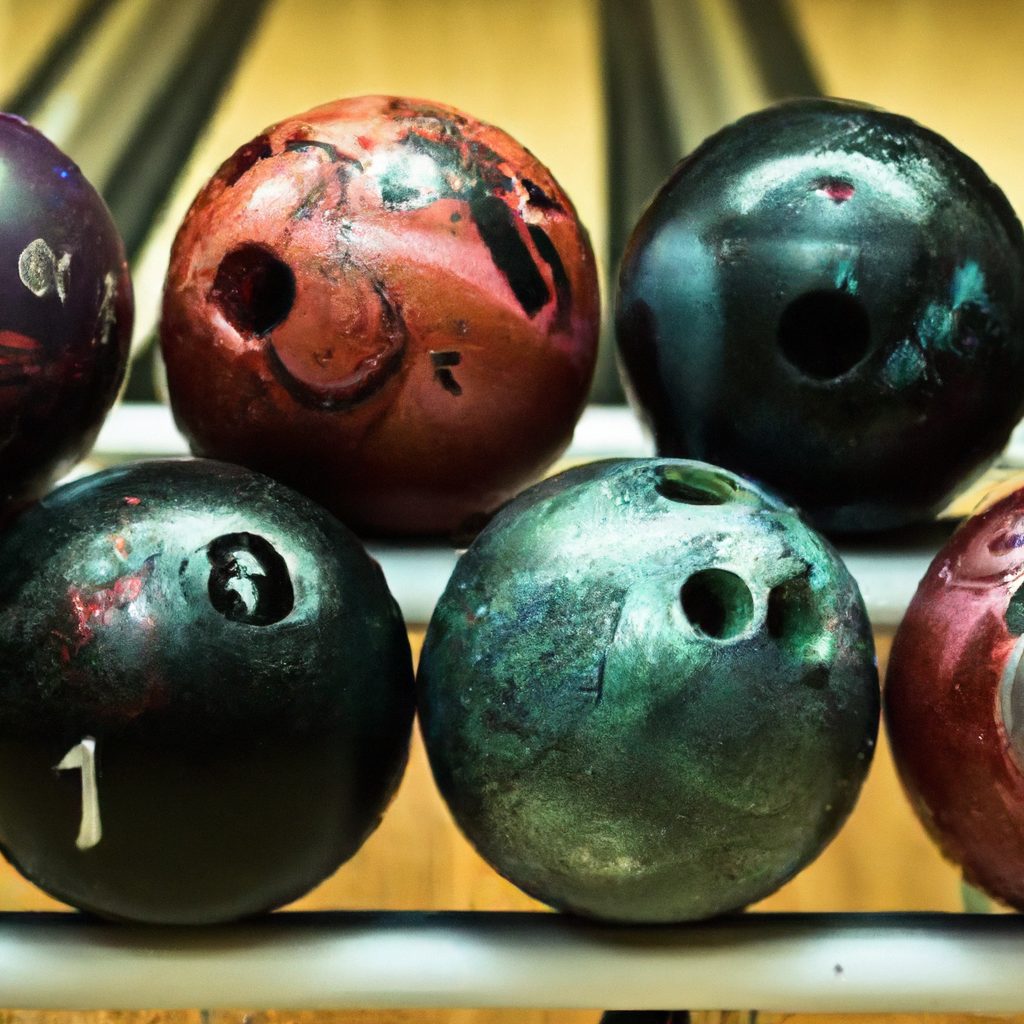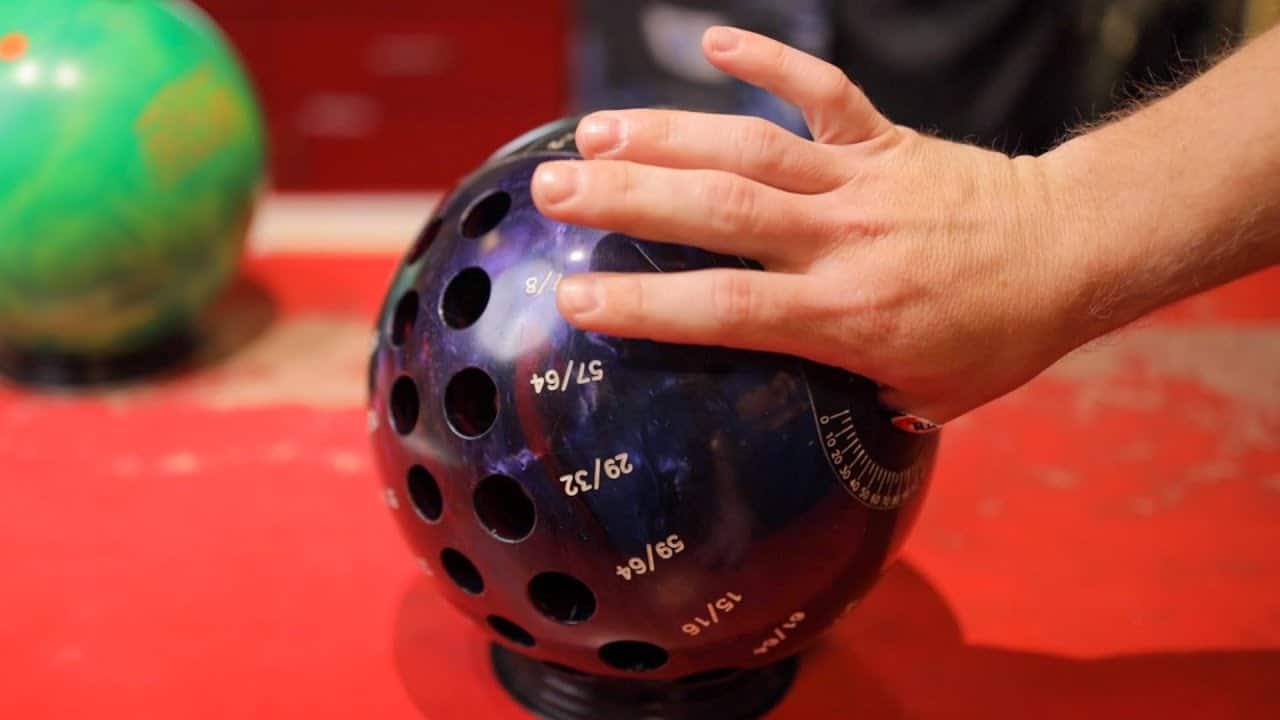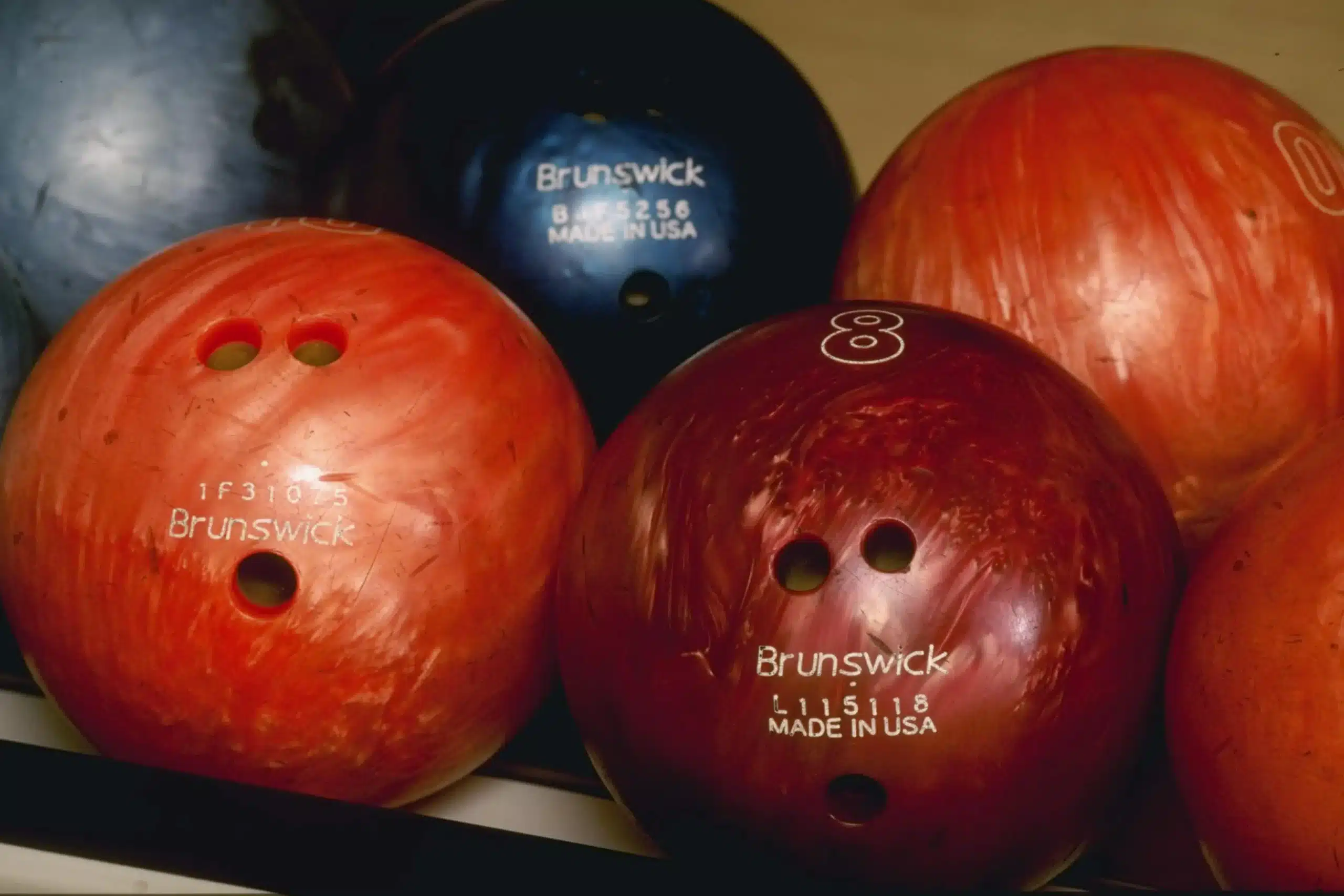Bowling is a game many love, and choosing the right equipment is crucial for lane success. When it comes to men’s bowling ball weight, there seems to be a prevailing preference in the bowling community.
Discovering the most commoners’ bowling ball weight sheds light on the choices made by the majority and helps individuals make an informed decision when purchasing their bowling ball.
So, what is the most common weight men opt for regarding their trusty bowling ball? Let’s find out.
Review contents
Factors to Consider
When choosing a bowling ball weight, several factors should be considered. These factors include skill level, physical strength, bowling style, and lane conditions. Each factor plays a significant role in determining the ideal weight for a bowler’s ball.
Skill Level
One crucial factor to consider is the bowler’s skill level. Beginners and novice bowlers may find starting with a lighter-weight ball more comfortable, as it requires less physical strength and allows for better control. As bowlers progress and their skills improve, they may choose to increase the weight of their ball to challenge themselves and improve their performance.
Physical Strength
Another factor to consider is the bowler’s physical strength. Generally, individuals with higher levels of physical strength can handle heavier bowling balls. However, it is essential to find a balance between weight and comfort. Bowlers should choose a ball weight they can comfortably handle without sacrificing control and accuracy.
Bowling Style
Bowling style is also an essential consideration when selecting a ball weight. Different bowling styles require different ball weights to achieve optimal performance. For example, bowlers who prefer a straight, down-the-middle approach may find lighter ball weights more suitable, while those who prefer a power hook may benefit from heavier ball weights. The weight should complement the bowler’s technique and help them achieve the desired trajectory and pin carry.
Lane Conditions
Lane conditions also play a significant role in determining the ideal ball weight. Lighter oil or drier lane conditions tend to require lighter ball weights, as these balls have a better chance of maintaining control and accuracy. On the other hand, heavier oil or more challenging lane conditions may call for heavier ball weights, as they provide increased traction and pin carry.
Weight Range
Bowling ball weights vary significantly, ranging from the lightest to the heaviest options. It is essential to understand the weight range to make an informed decision about which ball weight is suitable.
Lightest Bowling Ball Weights
The lightest bowling ball weights typically range from 10 to 12 pounds. These weights are standard among youth bowlers and individuals who prefer a more relaxed and controlled bowling experience. Lighter ball weights allow for a faster ball speed and are easier to handle, making them an excellent choice for beginners and those with lower physical strength.
Heaviest Bowling Ball Weights
Conversely, the heaviest bowling ball weights range from 16 to 18 pounds. These weights are more suitable for experienced and physically stronger bowlers who can generate the necessary power and control to handle heavier balls. The increased weight provides more pin carry and can help achieve a more powerful hook.
This image is the property of tamerbowling.com.
Popular Weight Choices
While a wide range of bowling ball weights is available, bowlers commonly choose certain weights across skill levels.
14 pounds
One popular weight choice among bowlers is 14 pounds. This weight is often regarded as the “middle ground” and is suitable for various skill levels. It balances control, accuracy, and power, making it a versatile option for many bowlers.
15 pounds
Another commonly chosen weight is 15 pounds. This weight is slightly heavier than 14 pounds and is preferred by bowlers who want extra power and pin carry. It provides a good combination of control and hook potential, making it a popular choice among intermediate and advanced bowlers.
16 pounds
For bowlers who prefer a more robust and powerful ball, 16 pounds is famous. Experienced bowlers and those with higher physical strength often favor this weight. It provides excellent pin carry and hook potential, allowing bowlers to generate more power and achieve a greater angle of entry into the pins.
Common Misconceptions
Regarding bowling ball weight, several common misconceptions should be addressed.
Bowling Ball Weight Equals Bowling Skill
One common misconception is that the bowling ball’s weight directly correlates with a bowler’s skill level. While a heavier ball may provide advantages, such as increased pin carry, it does not guarantee better performance or skill. Skill level is determined by technique, accuracy, and experience rather than the ball’s weight. It is important not to equate ball weight with bowling skills.
Heavier Ball Guarantees Better Performance
Another misconception is that a heavier ball will automatically result in better performance. While heavier balls can provide increased pin carry and hook potential, they also require more physical strength to handle effectively. Balancing ball weight and individual capabilities is essential to achieve the best results. Optimal performance is achieved when a bowler can comfortably control and manipulate the chosen weight.
This image is the property of bowlingballsguide.com.
Adjusting Bowling Ball Weight
Bowlers may need to adjust the weight of their bowling balls depending on their changing circumstances and preferences. Two standard adjustment options are dropping weight and increasing weight.
Dropping Weight
If a bowler feels that their current ball weight is too heavy or experiencing discomfort or loss of control, dropping weight may be necessary. Lowering the ball weight by a pound or two can help alleviate strain and improve control. This adjustment can be handy for bowlers recovering from injuries or changing their physical strength.
Increasing Weight
Conversely, bowlers may also choose to increase the weight of their ball if they feel that their current weight is too light and lacks power. Increasing the ball weight by a pound or two can provide additional pin carry and improve the shot’s overall effectiveness. Bowlers should gradually increase ball weight to allow their bodies to adjust and build the strength to handle the heavier weight effectively.
Effects of Bowling Ball Weight
The weight of a bowling ball can have several effects on a bowler’s performance. Understanding how different weights impact various aspects of bowling is crucial in choosing the right weight.
Control and Accuracy
The weight of the bowling ball heavily influences control and accuracy. Lighter balls are generally easier to control, particularly for beginners or bowlers with lower physical strength. The reduced weight allows smoother swing motions and better ball trajectory control. On the other hand, heavier balls can offer increased stability and control for more experienced bowlers, but they require greater physical exertion.
Ball Speed
The bowling ball’s weight generally affects the speed at which it travels down the lane. Lighter balls tend to speed faster because they can be thrown with more force and less resistance. On the other hand, heavier balls may have slightly slower speeds due to the increased weight and additional effort required to generate momentum. Bowlers should consider their desired ball speed when choosing a weight to ensure it fits their style and preferences.
Pin Carry
Pin carry refers to how well the ball transfers energy to the pins upon impact. The weight of the bowling ball can significantly influence pin carry. Heavier balls have more kinetic energy, which allows them to transfer more power to the pins, resulting in better pin carry. Lighter balls may have less pin carry but can offer greater control and accuracy. Finding the right balance between weight and pin carry is crucial for consistent and effective performance.
This image is the property of www.rookieroad.com.
Choosing the Right Weight
Choosing the right bowling ball weight is a personal decision that should consider individual factors and preferences. While there are general guidelines, seeking guidance and considering the following options is advisable.
Consulting with a Pro Shop
Consulting with a professional at a trusted pro shop is highly recommended to determine the ideal bowling ball weight. These experts have extensive field experience and can provide valuable insights based on individual characteristics, skill levels, and styles. They can assess a bowler’s physical strength and offer recommendations tailored to their specific needs.
Trial and Error
Another approach to finding the right weight is through trial and error. During practice sessions, bowlers can experiment with different ball weights to assess their comfort, control, and overall performance. Bowlers can determine what feels most natural and effective for their style by trying various weights. Finding the perfect weight may take time and patience, but experimentation can offer valuable insights into personal preferences and abilities.
Considering Personal Factors
In addition to consulting professionals and conducting trials, personal factors should also be considered when choosing a bowling ball weight. Age, body type, and pre-existing physical conditions or limitations can influence the most suitable weight. It is essential to be honest with oneself and choose a weight that can be comfortably handled without sacrificing control, accuracy, or game enjoyment.
Advantages of Different Bowling Ball Weights
Lightweight Bowling Balls
The main advantage of using a lightweight bowling ball is its ease of control and maneuverability. Lighter balls require less physical exertion, making maintaining consistent accuracy and delivery throughout a bowling session easier. Beginners and individuals with lighter physical strength benefit from the reduced strain on their arms and shoulders, allowing them to focus on perfecting their form and technique. Additionally, lighter balls tend to skid more easily on oily lanes, which can be advantageous in certain lane conditions.
Medium-weight Bowling Balls
Medium-weight bowling balls provide a well-rounded option for a wide range of bowlers. Their versatility allows bowlers to adjust their shots based on lane conditions and personal preferences. The balance between control and power offers sufficient strength to knock down pins while maintaining accuracy and finesse. Furthermore, medium-weight balls are suitable for bowlers with varying skill levels and physical capabilities, making them popular among recreational and amateur male bowlers.
Heavyweight Bowling Balls
The primary advantage of using a heavyweight bowling ball is the increased power and potential for pin carry. Skilled bowlers handling the weight can generate more incredible ball speed and rotation, resulting in more substantial impacts with the pins. Heavy balls have a higher propensity for hooking, allowing bowlers to create wider angles and more consistently strike the desired pocket. Additionally, the heavier weight can help penetrate and break down the oil patterns on the lane, further enhancing a bowler’s ability to control the ball’s path.
This image is the property of www.rookieroad.com.
Women’s Bowling Ball Weight
While women can choose from the same range of bowling ball weights as men, there are some differences to be aware of.
Differences from Men’s Weight
On average, women tend to have less physical strength than men, which can impact their ability to handle heavier ball weights. However, it is essential to note that strength and skill levels vary significantly among individuals, and these generalizations may not apply to every female bowler. Recognizing individual capabilities and preferences is paramount in choosing the right bowling ball weight for women.
Popular Choices
Among women bowlers, 14 and 15 pounds are often popular weight choices. These weights offer a good balance between control, power, and pin carry. However, women should not feel limited to specific weight ranges and instead focus on selecting a weight that suits their style and capabilities.
This image is the property of bowlingforbeginners.com.
Youth Bowling Ball Weight
Youth bowlers have their unique considerations when it comes to selecting the appropriate bowling ball weight.
Appropriate Weight Range
The appropriate weight range for youth bowlers depends on their age and physical development. Younger children may start with ball weights as light as 6 pounds, while older children and teenagers can typically handle weights ranging from 10 to 14 pounds. It is crucial to ensure that youth bowlers use a weight they can handle comfortably to prevent injuries and foster an enjoyable bowling experience.
Guidelines for Junior Bowlers
Junior bowlers should be guided by their coaches, parents, or pro shop professionals when selecting a ball weight. These experts can assess a junior bowler’s physical capabilities and recommend an appropriate weight range. It is essential to avoid pushing young bowlers to use weights that are too heavy, as this can result in fatigue, poor technique, and an increased risk of injury.
Conclusion
Choosing the right bowling ball weight is vital for bowlers of all skill levels and styles. Factors such as skill level, physical strength, bowling style, and lane conditions should be considered when making this decision. It is essential to understand that there is no one-size-fits-all answer and that personal preferences and individual capabilities play a significant role. By considering the various factors, consulting with professionals, and conducting personal trials, bowlers can find the ideal weight that allows them to excel in the sport while enjoying every moment on the lanes.
This image is the property of www.bowlingthismonth.com.










![Spare bowling ball Top 10 in 2024. (reviews) Top 10 Best Spare Bowling Balls [2021 Reviewed]](http://landofbowling.com/wp-content/uploads/2021/07/Top-10-Best-Spare-Bowling-Balls-2021-Reviewed.jpg)






